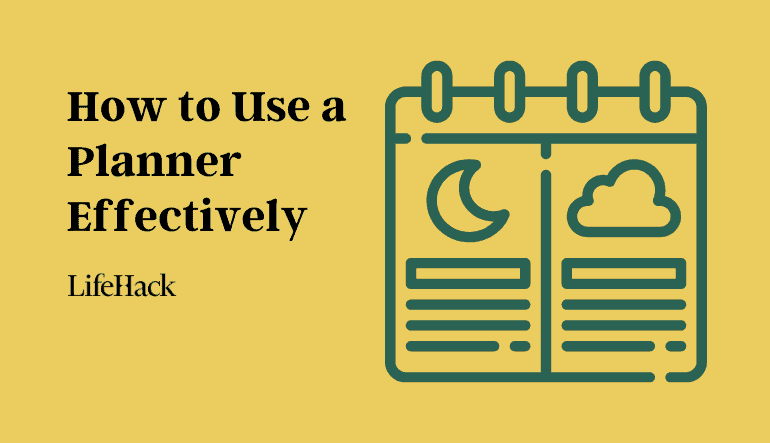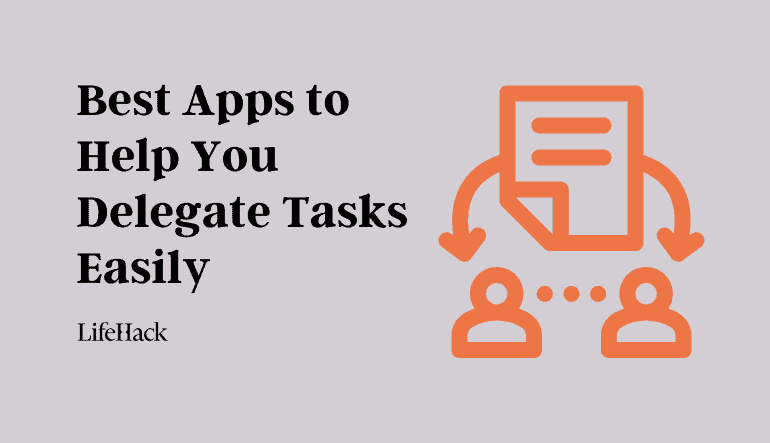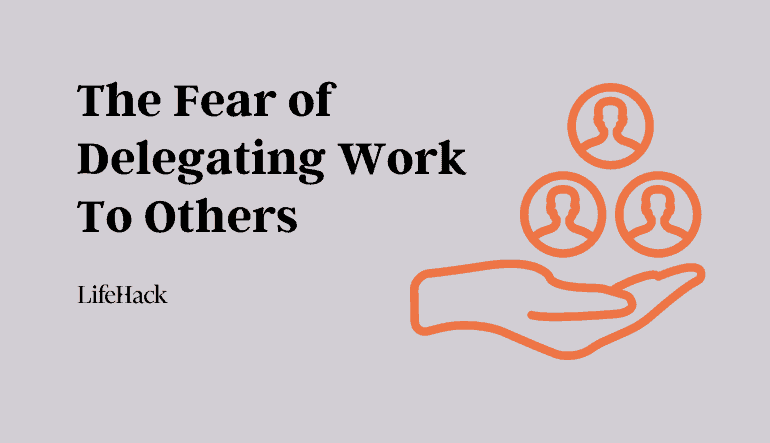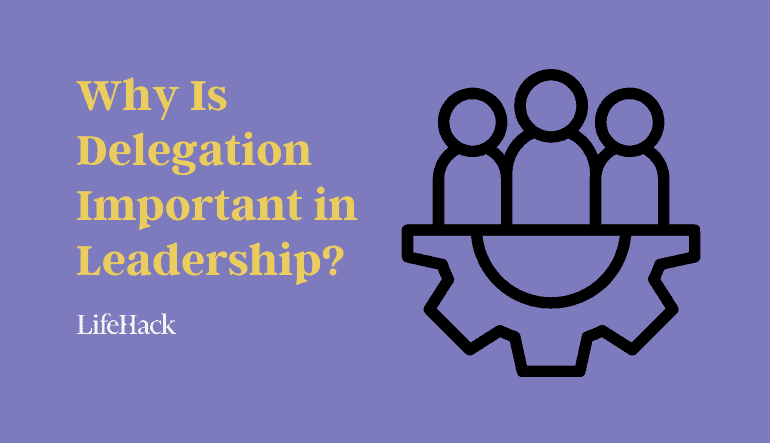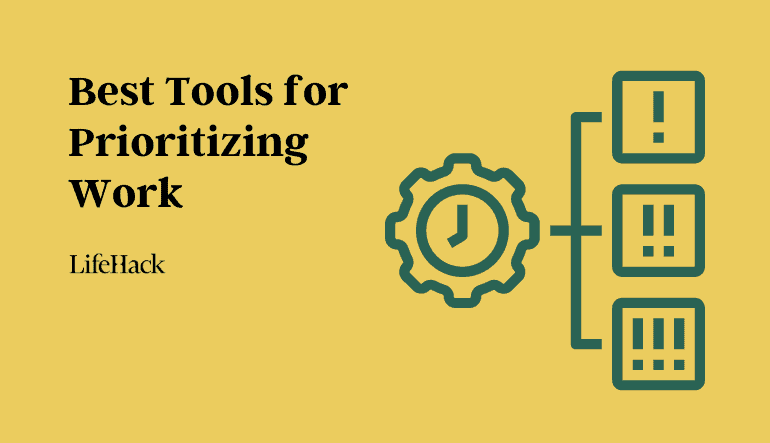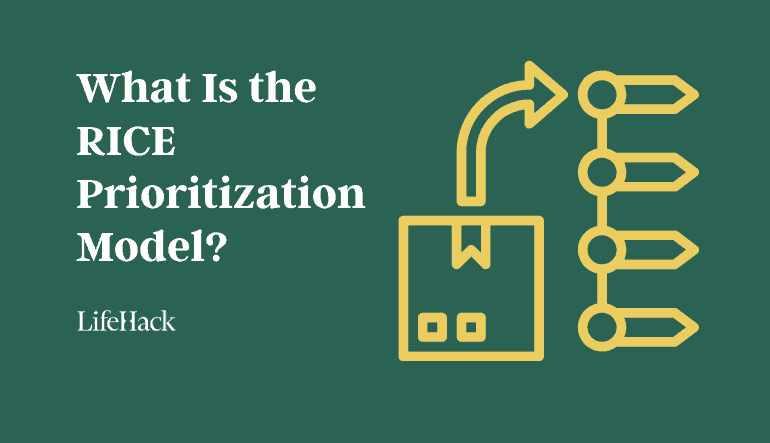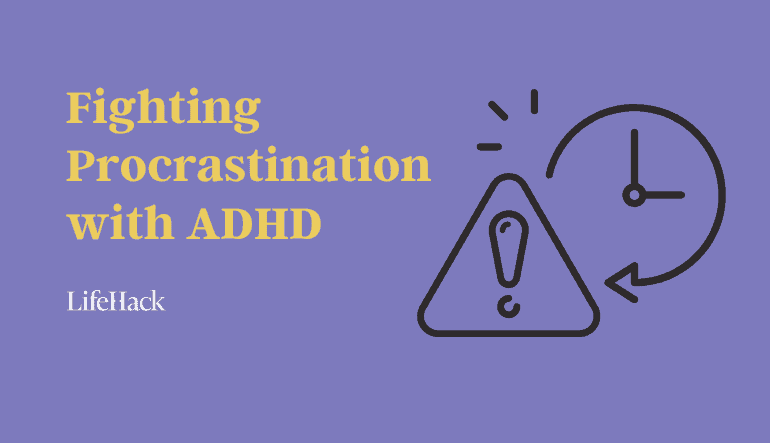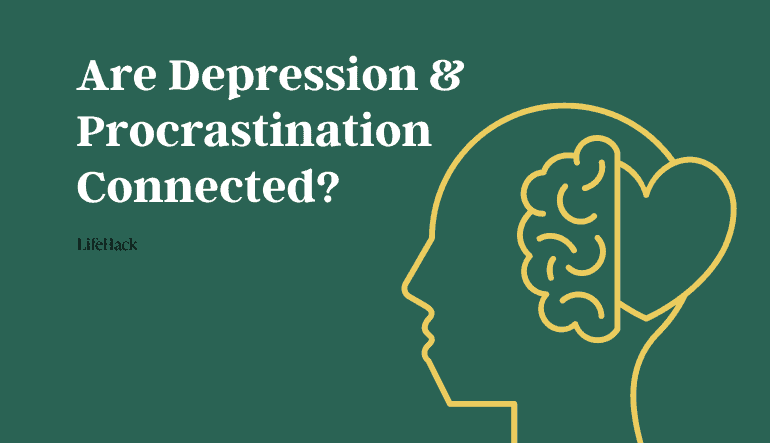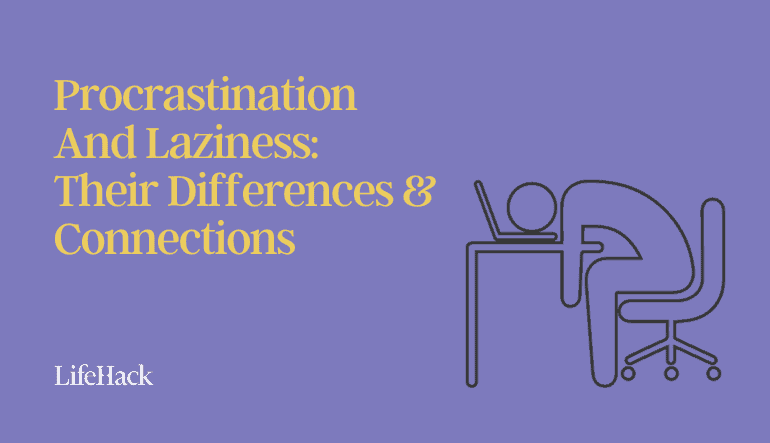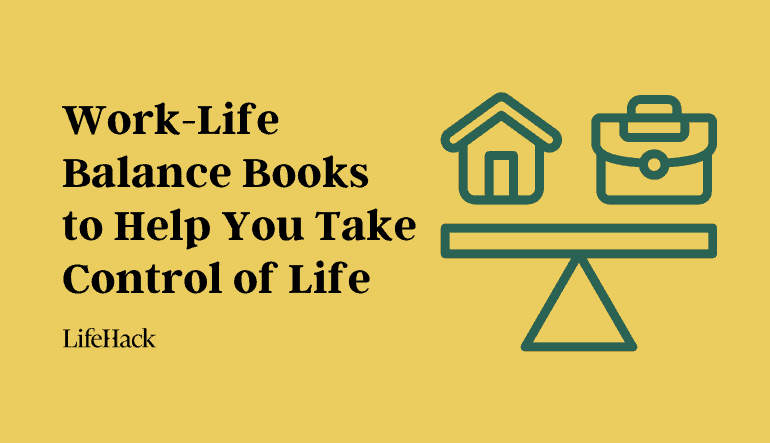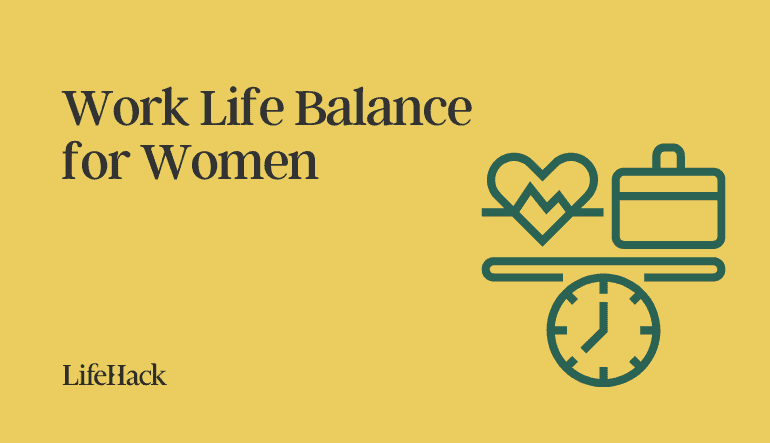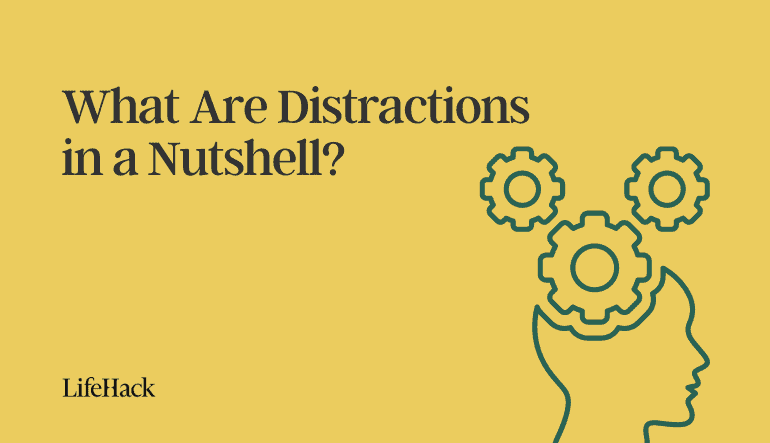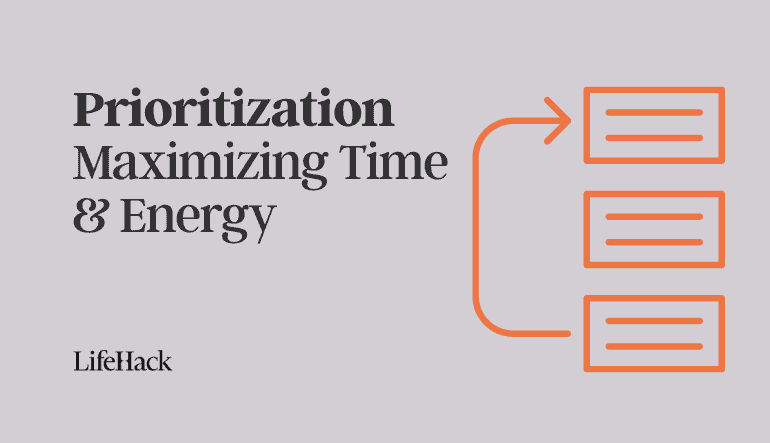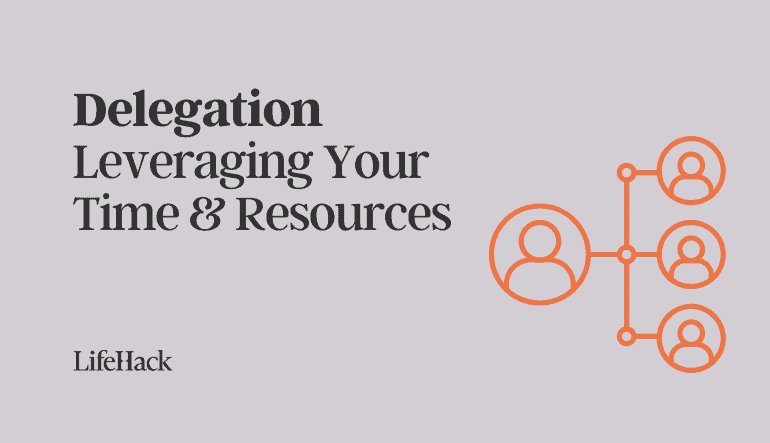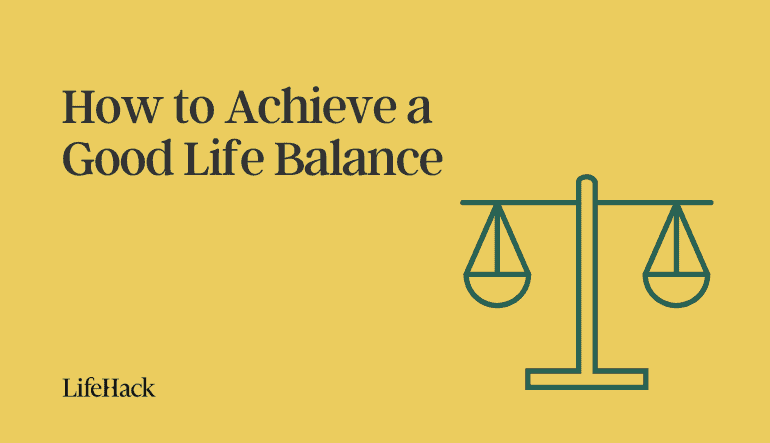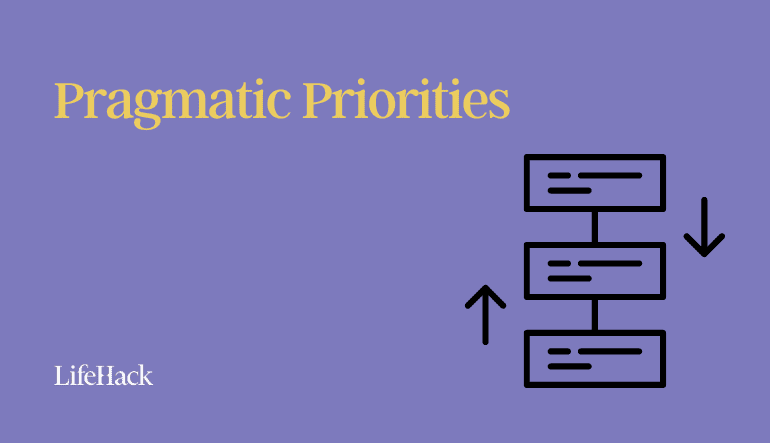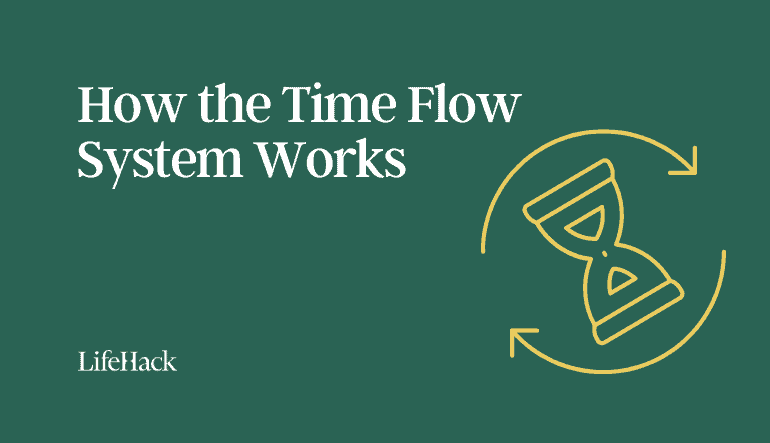There’s a lot of talk these days about internet privacy and online security. With over two billion people accessing the internet on a regular basis, it’s about time you started protecting yourself! So, I figured I’d put together a little guide to some of the most popular security precautions and privacy measures available to you online. In this easy-to-follow guide I’ll show you how to make your internet life more secure, starting right now.
Two-Factor Authentication
What it is: Two-factor authentication is available with a large number of popular sites and services. In a nutshell, it’s a simple feature that prompts you for a password and then a short security code that is sent to your phone. Here’s an example: If you’re logging into your Gmail account you’d need to type in your username and password—then you’d be logged in. With two-factor authentication, you’d need to wait for Google to send you a text message with a short code, and then type that in before you could access your account on a new machine.
Here’s a guide on how to setup two-factor authentication for Facebook. Here’s one for Twitter.
Time to set up: About 15 minutes
Additional info: I know what you’re thinking: “This is way more annoying than it should be!” Truth be told, after you’ve set up your device and configured two-factor authentication with the online services you use, it takes just an extra 15-20 seconds to login and everything else works in the background.
Security rating: Two-factor authentication is incredibly secure because it requires at least two devices to get into your account (your phone and your laptop). It’s obviously still possible for someone to get into your account, but it’s less likely due to the extra security layer. Passwords follow us all over the internet and everyone can benefit from the extra security available by implementing two-factor authentication on your web accounts.
Encrypt Your Email
What it is: This is easy to do and understand. Encrypting your email is nothing more than turning your emails into gibberish code that can only be deciphered with a key. You can then send this coded email to your recipient, who can only read it if they have the same key.
If you’re a Gmail user, Mailvelope is the best way to encrypt your emails. It’s a Chrome and Firefox extension that is quick and easy to set up.
Time to set up: About 5 minutes
Additional info: Something you should know about email encryption is that it doesn’t work unless you and your recipient both have the encryption software. That’s because when you send someone an encrypted email, they can’t read it unless they’re able to decrypt it with the key at their end.
In general, it’s not worth the hassle to encrypt your email unless you’re sending sensitive information. If you need to send someone a social security number, bank account details or credit card information, you’ll want to encrypt those emails.
Security rating: Email encryption is, for the most part, a safe and secure way to communicate. This will not keep you safe from government/NSA snooping, but it will protect you from people hacking and reading your email.
For non-web-based email encryption you should look into the Enigmail Project.
Set Up A Password Manager
https://www.youtube.com/watch?v=RM0fzHxMASQ
What it is: A password manager does pretty much what you’d think it would do: manage your passwords. Basically, it locks all of your website passwords behind a single master password that only you know. This is awesome because it means you only have to remember a single password.
Time to set up: 30 minutes
Additional info: There are a good number of password managers available online. Personally, I recommend LastPass, which can be a bit confusing to new users but it works well. Signing up for a password is only half that battle. You’ll then have to go back into all of your accounts and set new passwords, which can be time consuming. Also, it’s important to note that if you use multiple computers, you’ll need to install the password manager on all your systems. It would be terrible to end up locking yourself out of all of those online services and accounts you use.
Security rating: Password managers like LastPass are very secure but still require strong passwords. The good news is that you can make your account passwords as strong as you’d like without having to remember them all. If you’re willing to go through the setup, I highly recommend you start using a password manager.
Hide Your Browsing Activity
What it is: If you haven’t heard about everything going on with the NSA watching our every move online, you’re living under a rock! But it’s not just the NSA you have to worry about. Advertisers and even your ISP are watching what you do online. Hiding your browsing activity ensures that no one else can see what you’re doing online. There’s an easy to install browser extension called Disconnect that works relatively well.
Time to set up: 5 minutes
Security rating: Browser extensions are good but they don’t mask everything, so if you want true security you should consider using a Virtual Private Network (VPN).
Encrypt Your Online Conversation
What it is: Much like you’d want to encrypt sensitive data within emails, it’s also a good idea to encrypt your chat conversations, especially when sharing sensitive information with friends online. Thanks to an encryption feature called “Off-the-Record Messaging” you can rest assured knowing your chat conversations are secure.
Time to set up: About 1 minute.
Additional info: If you’re a Windows user you’ll want to use the chat applet called Pidgin. If you’re a Mac OSX user you’ll want to use Adium. If you’re not currently using these services you should consider starting now. Basically, these allow you to IM all your friends across all the various chat networks in one place.
“Off-the-Record Messaging” is built into Adium. Turning it on takes just a few mouse clicks.
Pidgin users will want to follow this easy guide to setup enable encrypted chatting.
Security rating: To actually have an encrypted chat conversation the person your chatting with will also need Adium or Pidgin installed, but that’s not terribly difficult to have someone do. In general, off-the-record chatting is super secure and is very difficult to crack.
Encrypt And Secure Your Backups
What it is: These days we’re storing a lot of information in the cloud, and if you’rie using services like Dropbox, ZipCloud, or CrashPlan, you’ll want to make sure that your personal data is private and secure.
Time to set up: About 15 minutes.
Additional info: Encryption for these services is relatively easy to set up. If you’re using CrashPlan this can be done automatically for you. If you’re using a service like Dropbox you should use a service like SafeMonk, which encrypts your files before you upload them. If you’re like me and don’t have a ton of data that you need to encrypt (I have some medical, financial, and insurance files) you can use TrueCrypt. The downside to TrueCrypt is that once you’ve encrypted your files, you’re not able to access them from other computers.
Security rating: In general, you’ll be very secure with these forms of backup security, but you could also switch from unsecured cloud hosting services, like Dropbox, to companies like Tresorit and SpiderOak. If you’re storing a lot of sensitive information in the cloud you may want to consider switching to one of these more secure services.
Conclusion
Spend a few extra hours protecting yourself online. After the initial legwork, your information will be substantially more secure. It’s well worth the effort, so invest the time and protect yourself before it’s too late.
Featured photo credit: John Schnobrich via unsplash.com
